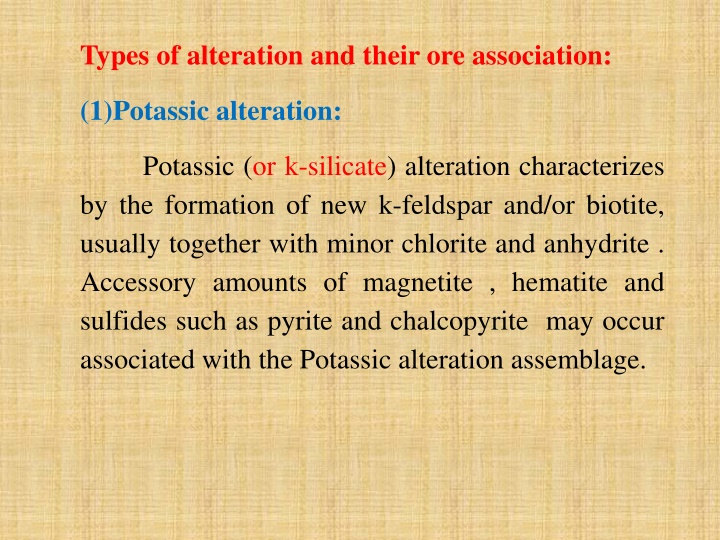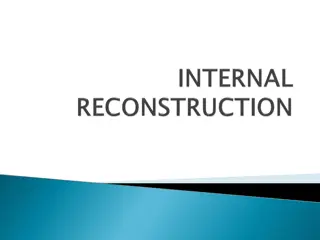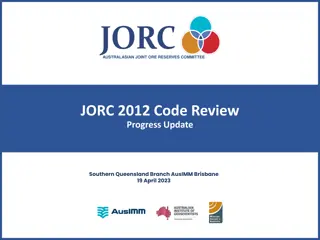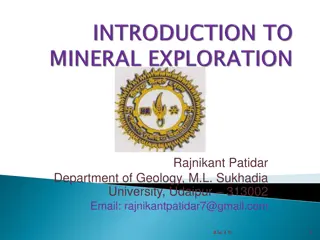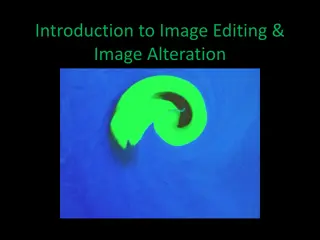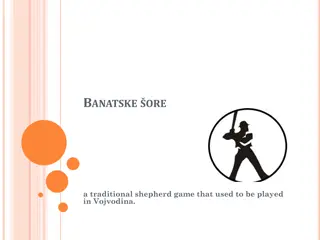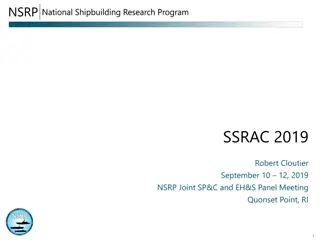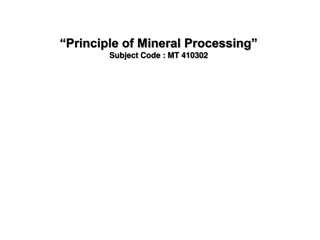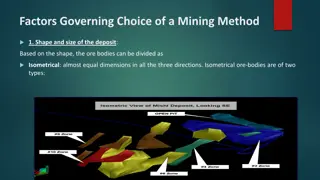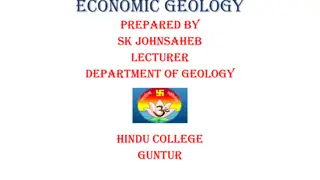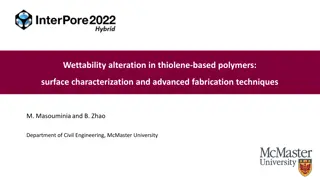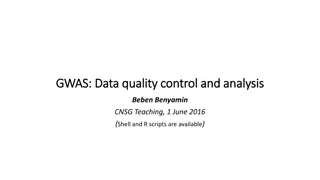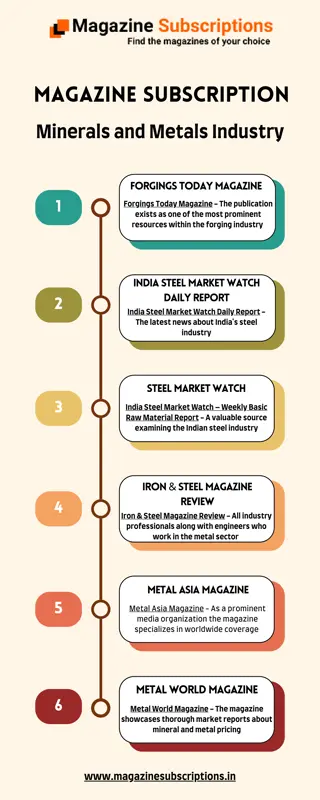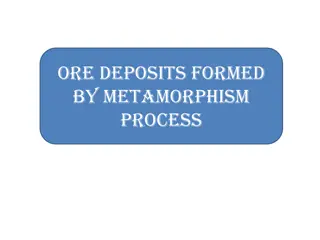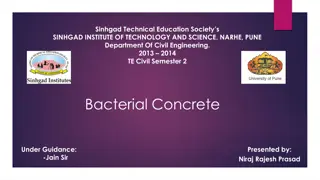Types of Alteration and Their Ore Association
Learn about different types of alteration in geology such as potassic, sericitic, porphylitic, argillic, and silication, and their association with various ore deposits. Understand the mineralogical changes and characteristics of each alteration type, providing valuable insights into geological processes and ore formation.
Download Presentation

Please find below an Image/Link to download the presentation.
The content on the website is provided AS IS for your information and personal use only. It may not be sold, licensed, or shared on other websites without obtaining consent from the author.If you encounter any issues during the download, it is possible that the publisher has removed the file from their server.
You are allowed to download the files provided on this website for personal or commercial use, subject to the condition that they are used lawfully. All files are the property of their respective owners.
The content on the website is provided AS IS for your information and personal use only. It may not be sold, licensed, or shared on other websites without obtaining consent from the author.
E N D
Presentation Transcript
Types of alteration and their ore association: (1)Potassic alteration: Potassic (or k-silicate) alteration characterizes by the formation of new k-feldspar and/or biotite, usually together with minor chlorite and anhydrite . Accessory amounts of magnetite , hematite and sulfides such as pyrite and chalcopyrite may occur associated with the Potassic alteration assemblage.
(2) sericitic alteration: Forms over a wide temperature range by hydrolysis of feldspars to form sericite (fine- grained white mica), with minor associated quartz, chlorite and pyrite. sericitic alteration is associated with porphyry Cu deposits, but also with mesothermal precious metal ores.
(3) Porphylitic alteration: It comprises mainly chlorite and epidote, together with lesser quantities of clinozoisite, calcite, zoisite, and albite. It is low to intermediate temperature (200-3500C) and low fluid/rock ratios. It characterizes the margins of porphyry Cu deposits as well as epithermal precious metal ores.
(4)Argillic alteration: Intermediate argillic alteration effects mainly plagioclase feldspars and characterizes by the formation of clay minerals kaolinite and the smectite group (mainly montmorillonite). It typically forms below about 2500C
(5) Silication: Silication is the conversion of a carbonate mineral or rock into a silicate mineral or rock. It is the main process, which accompanies the prograde stage in the formation of polymetallic skarn deposits
